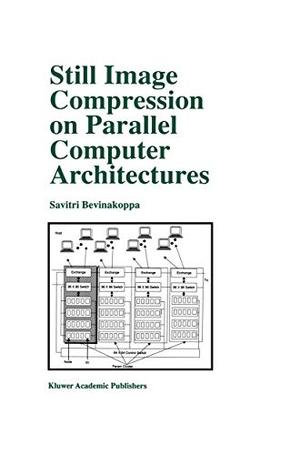Still Image Compression on Parallel Computer Architectures investigates the application of parallel-processing techniques to digital image compression. Digital image compression is used to reduce the number of bits required to store an image in computer memory and/or transmit it over a communication link. Over the past decade advancements in technology have spawned many applications of digital imaging, such as photo videotex, desktop publishing, graphics arts, color facsimile, newspaper wire phototransmission and medical imaging. For many other contemporary applications, such as distributed multimedia systems, rapid transmission of images is necessary. Dollar cost as well as time cost of transmission and storage tend to be directly proportional to
Mehr
Weniger
the volume of data. Therefore, application of digital image compression techniques becomes necessary to minimize costs. A number of digital image compression algorithms have been developed and standardized. With the success of these algorithms, research effort is now directed towards improving implementation techniques. The Joint Photographic Experts Group (JPEG) and Motion Photographic Experts Group(MPEG) are international organizations which have developed digital image compression standards. Hardware (VLSI chips) which implement the JPEG image compression algorithm are available. Such hardware is specific to image compression only and cannot be used for other image processing applications. A flexible means of implementing digital image compression algorithms is still required. An obvious method of processing different imaging applications on general purpose hardware platforms is to develop software implementations. JPEG uses an 8 × 8 block of image samples as the basic element for compression. These blocks are processed sequentially. There is always the possibility of having similar blocks in a given image. If similar blocks in an image are located, then repeated compression of these blocks is not necessary. By locating similar blocks in the image, the speed of compression can be increased and the size of the compressed image can be reduced. Based on this concept an enhancement to the JPEG algorithm is proposed, called Bock Comparator Technique (BCT). Still Image Compression on Parallel Computer Architectures is designed for advanced students and practitioners of computer science. This comprehensive reference provides a foundation for understanding digital image compression techniques and parallel computer architectures.
